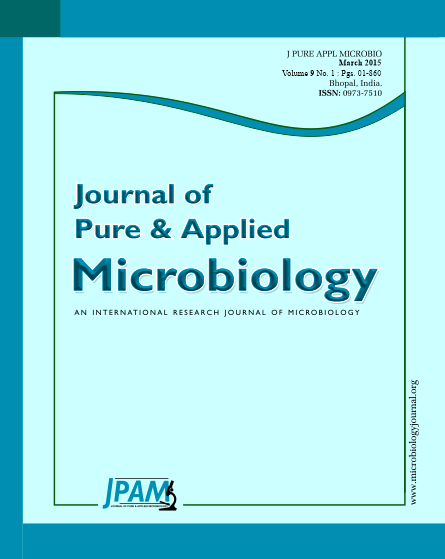Helicobacter pylori (H. pylori) infection is a worldwide disease that is the leading cause of digestive and extra digestive diseases. This bacterium exists in two forms, an actively dividing spiral form and a viable but non-culturable coccoid form. Coccoid forms widespread in aquatic environments, so, water as a reservoir of H. pylori which infects human. Given the limitations of routine diagnostic methods for detecting of H. pylori, Molecular approaches based on DNA amplification by PCR have been developed for accurate detection in both clinical and environmental samples. The objective of this study was to evaluate the performance of PCR compared to rapid urease test (RUT) and culture for the diagnosis of H. pylori in two sample groups including 100 gastric biopsy specimens from symptomatic dyspeptic patients and 60 water-induced coccoid samples. Biopsies were subjected to RUT and PCR; water-induced coccoids were subjected to Culture and PCR. By PCR, 85 gastric biopsy samples were confirmed as H. pylori positive whereas only 63 were positive using RUT. In water-induced coccoid samples, 22 were detected by PCR but culture method detected H. pylori in 4 of them. The results indicate PCR assay is more rapid, sensitive and specific compared to RUT and Culture for identifying spiral and coccoid forms of H. pylori in samples.
Helicobacter pylori, coccoid, RUT, PCR, Culture
© The Author(s) 2015. Open Access. This article is distributed under the terms of the Creative Commons Attribution 4.0 International License which permits unrestricted use, sharing, distribution, and reproduction in any medium, provided you give appropriate credit to the original author(s) and the source, provide a link to the Creative Commons license, and indicate if changes were made.


